Humans might think we’re pretty sharp with our five senses, but animals take sensory perception to a whole new level. Across the animal kingdom, creatures have developed mind-blowing senses that let them experience the world in ways we can barely imagine.
1. Dogs Sense Emotions Through Smell

Dogs are emotional detectives with super-sensitive noses. They can sniff out hormone changes that reveal when we’re stressed, happy, or anxious. This amazing ability lets them pick up on our emotions through scent alone, making them empathetic companions and incredible emotional support animals. They literally smell our feelings and respond accordingly without us having to say a single word.
2. Sharks and Rays Have Electroreception
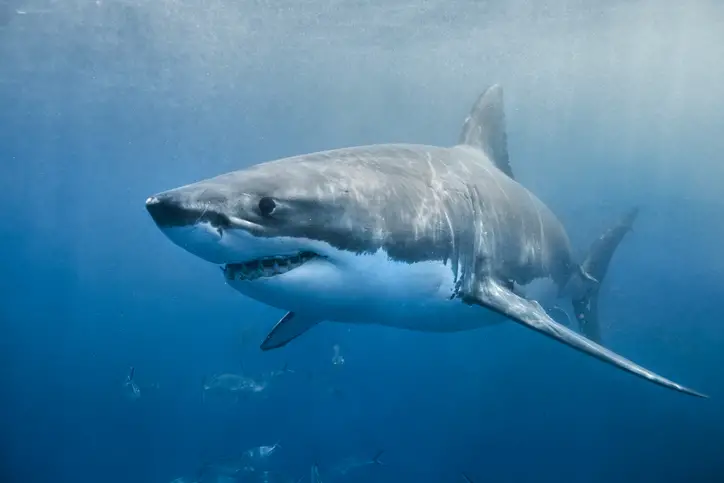
Sharks and rays can sense electric fields given off by other animals through electroreception. Using special pores around their snouts, they can detect tiny electric signals, making it almost impossible for prey to hide. Even if a creature is buried in sand or hiding under rocks, sharks can sense its presence—like a built-in radar, perfect for pinpointing hidden prey.
3. Birds, Turtles, and Bees Have Magnetoreception
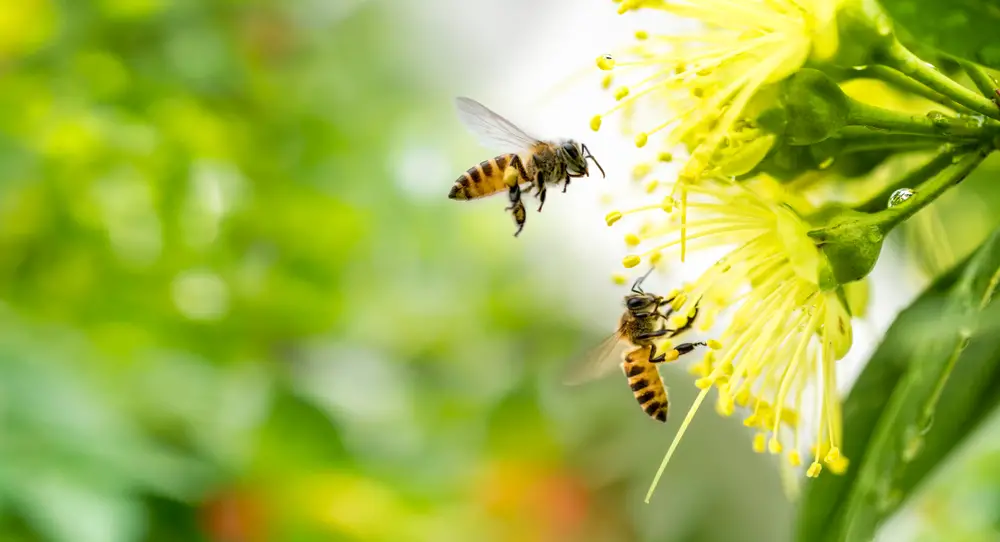
Birds, turtles, and even bees have an internal “compass” called magnetoreception, which allows them to sense Earth’s magnetic field. This sense helps animals navigate huge distances without getting lost. Turtles use it to return to the beach where they were born, while birds can cross entire continents. It’s as if these animals have an internal GPS guiding their way.
4. Snakes Have Infrared Vision
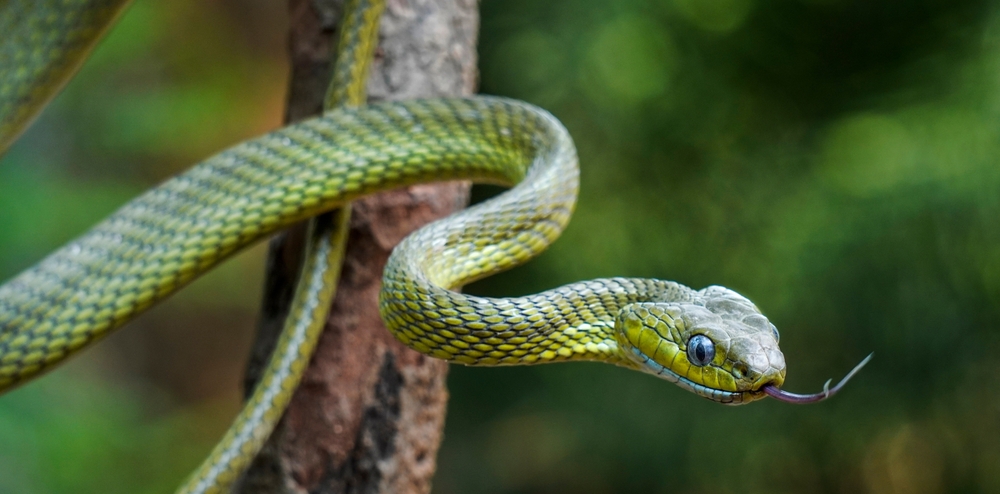
Certain snakes, like pit vipers, can “see” heat through infrared vision, making them deadly accurate even in total darkness. With heat-sensitive pits near their eyes, they pick up on body warmth from other animals, allowing them to detect and strike prey without any light. It’s like having night-vision goggles built right into their faces—a skill that comes in handy in the dark.
5. Birds, Bees, and Reindeer Have
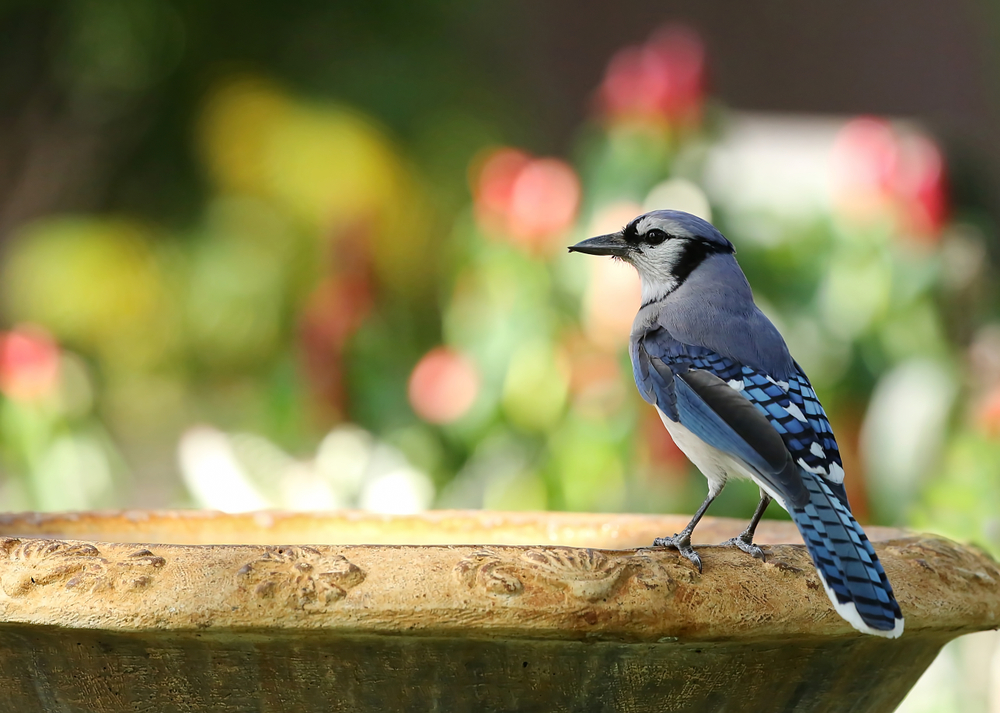
While we’re limited to visible light, birds, bees, and reindeer see ultraviolet (UV) light, which adds a whole new layer to their world. Bees use UV vision to see patterns on flowers that guide them to nectar, while birds can identify feather markings that are invisible to us. Reindeer even use UV vision to spot predators against snowy landscapes—a huge advantage in the wild.
6. Elephants Sense Vibrations

Elephants can sense ground vibrations, allowing them to detect distant thunderstorms or the movement of other elephants miles away. They use their feet and trunks to pick up these vibrations, acting like a “ground radar” that keeps them in touch with events far beyond their immediate surroundings. It’s a superpower for staying connected and aware of their environment.
7. Bats and Dolphins Have Echolocation
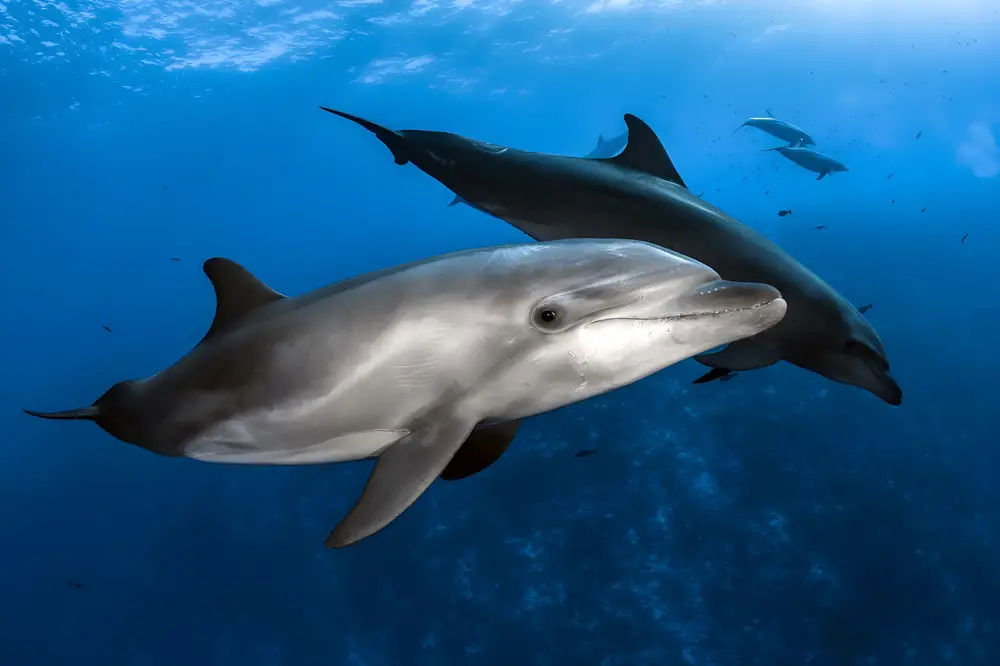
Bats and dolphins use echolocation to navigate and find prey with incredible precision. By emitting high-pitched sounds and listening for the echoes, they can “see” their surroundings without using their eyes. Bats use it to find insects in the dark, while dolphins locate fish underwater. It’s like having sonar, allowing them to sense everything around them even when visibility is low.
8. Cuttlefish and Mantis Shrimp Have Polarized Light Detection
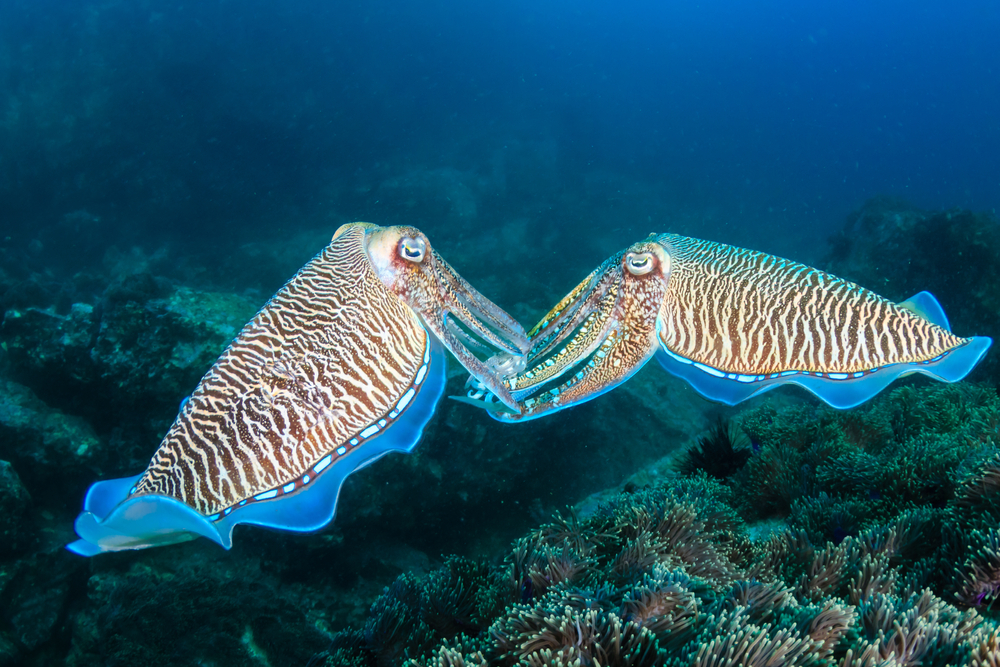
Cuttlefish and mantis shrimp have the superpower of detecting polarized light, something humans can’t see. Polarized light travels in a specific direction, which these creatures use to communicate, hunt, and find mates. This ability gives them a unique view of the world, revealing details invisible to other animals—a skill perfect for the depths of the ocean.
9. Owls Have Super Hearing
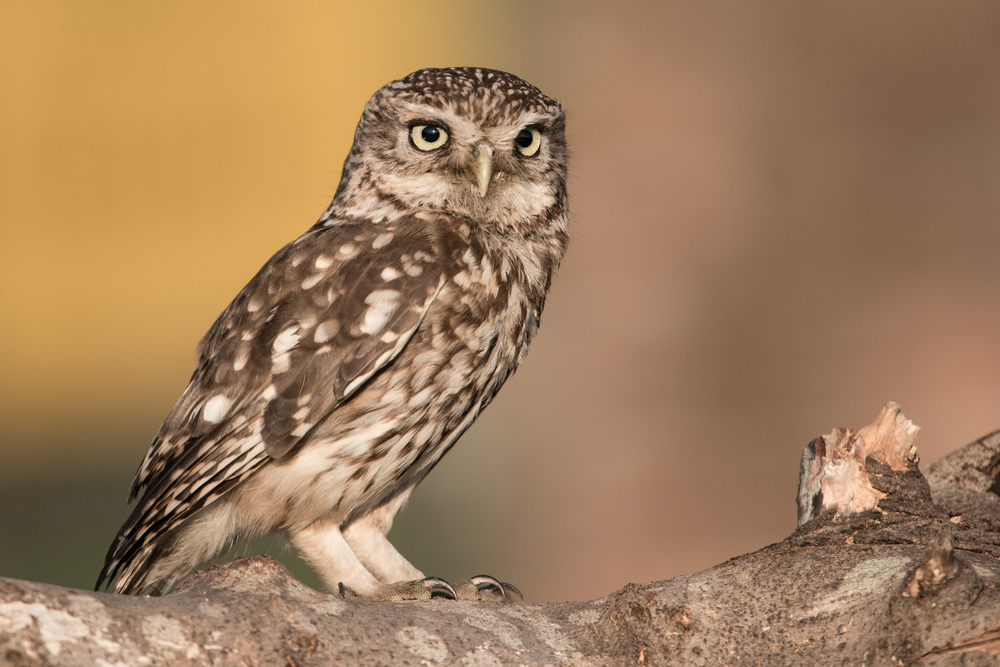
Owls have insanely sharp hearing, allowing them to pinpoint the tiniest sounds, even under layers of snow. Their asymmetrical ear placement helps them locate precisely where a sound comes from, making them expert nighttime hunters. They can hear the faint rustling of a mouse in the dead of night, giving them the ultimate advantage when hunting in complete darkness.
10. Snakes Have Chemoreception
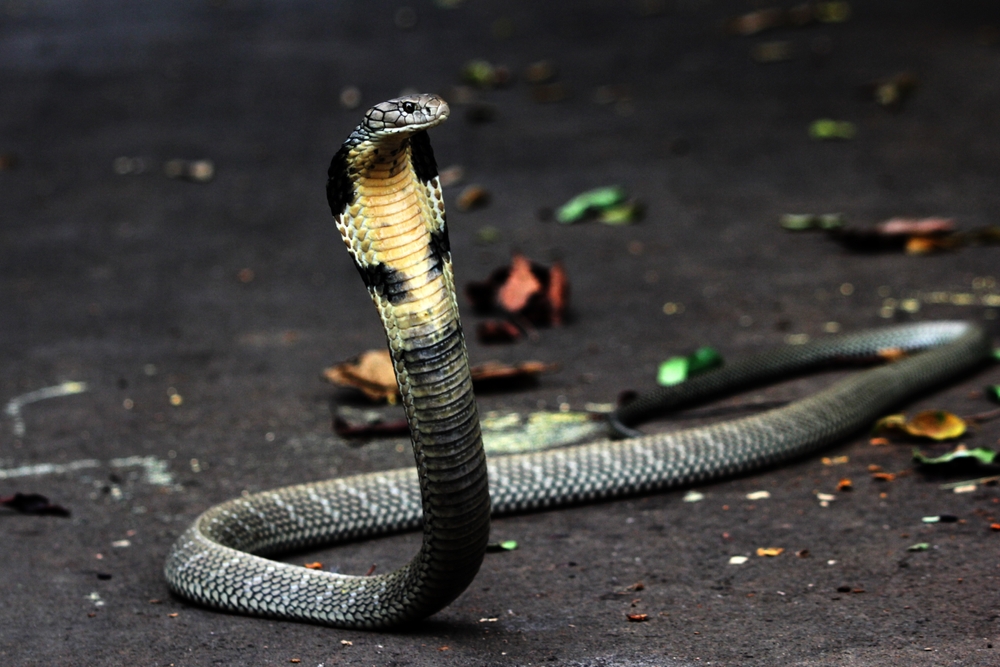
Snakes use their tongues to “taste” the air, giving them an incredible sense called chemoreception. By flicking their tongues and analyzing scent particles, they gather information about their surroundings, including where prey or predators might be. This sense allows them to “smell” in a unique and essential way for survival in the wild.
11. Some Fish Have Pressure Detection
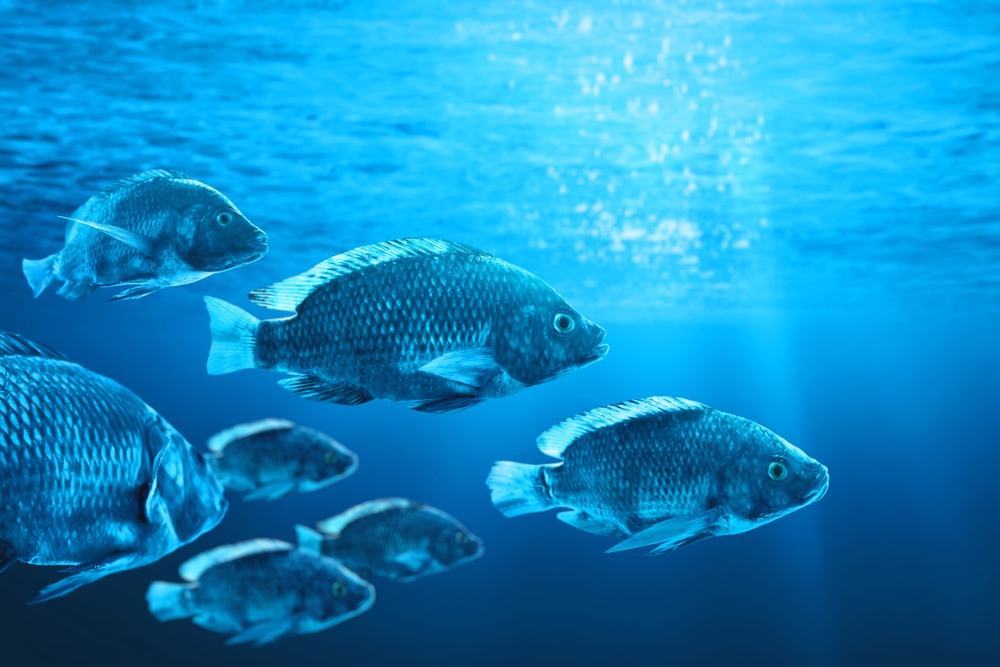
Fish use a sensory organ called the lateral line to detect changes in water pressure, allowing them to sense movements and vibrations in the water. This sense helps fish swim in schools without colliding, detect nearby predators, and navigate murky waters. It’s like having an invisible guide that keeps them aware of everything happening around them underwater.
12. Butterflies Have UV-Sensitive Markings Detection

Butterflies can see ultraviolet markings on flowers, which guide them to nectar-rich areas. These UV patterns are invisible to humans, but for butterflies, they act like roadmaps to food. Their specialized vision allows them to distinguish between flowers with and without nectar, helping them feed efficiently and ensuring pollination—a beautiful example of nature’s hidden design.
13. Platypuses Have Electric Field Detection
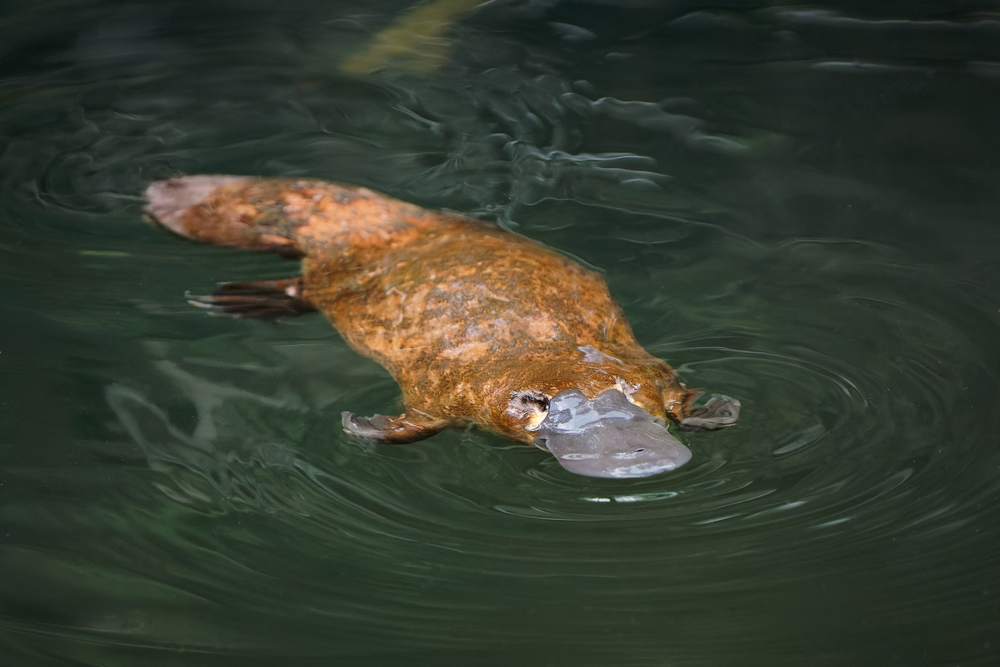
Platypuses have a rare sense of electroreception, allowing them to detect electrical impulses from other animals in the water. This skill is crucial for hunting since platypuses close their eyes, ears, and nostrils when diving. They rely on this ability to find prey like shrimp and fish in murky riverbeds, where sight is useless, making them perfectly adapted for their watery world.
14. Salmon Have Scent Memory
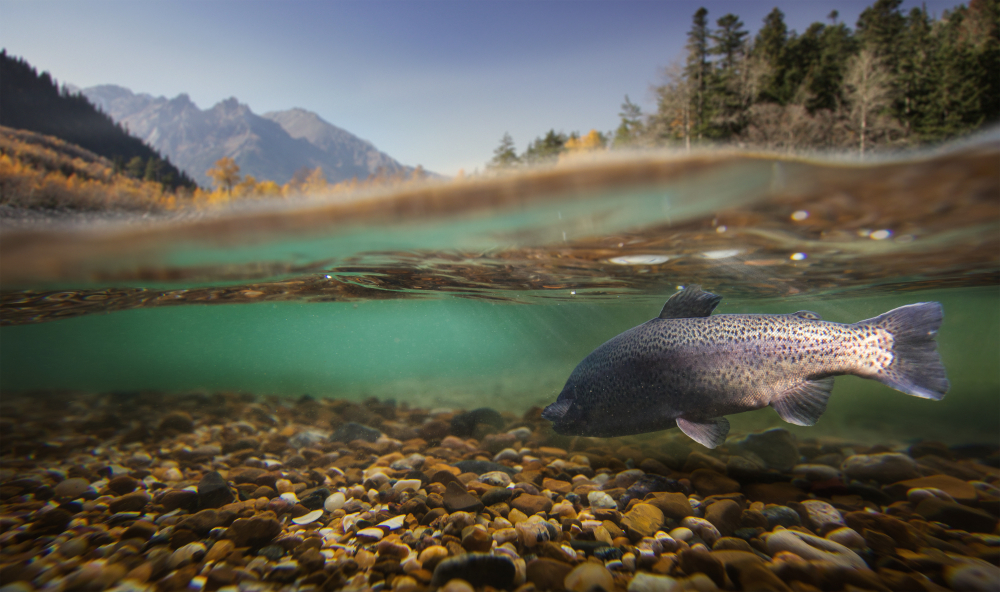
Salmon have a fantastic memory for scents, which they use to navigate back to the river where they were born. After years at sea, they can recognize the unique smell of their birthplace, guiding them through miles of water back home. This powerful sense of smell is vital to their life cycle, allowing them to return to the very spot where their journey began.
15. Ants Sense Chemical Signals
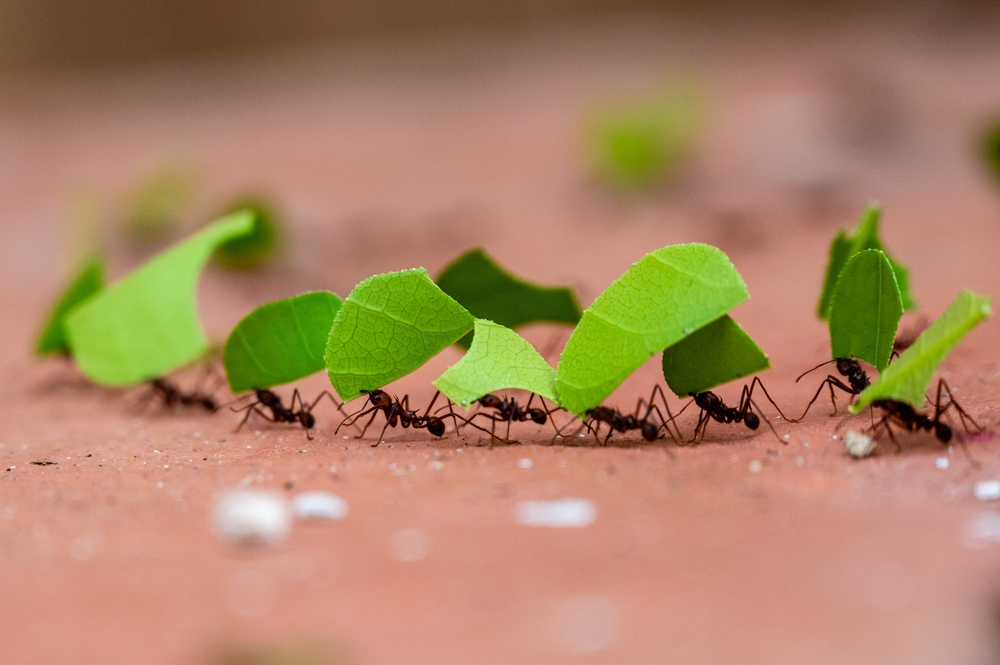
Ants communicate and navigate through pheromones, chemical signals they detect with their antennae. These signals allow them to mark trails, find food, and warn of danger, creating an invisible map. Their intricate chemical communication network enables them to work together seamlessly, making them one of the planet’s most organized and efficient species.
